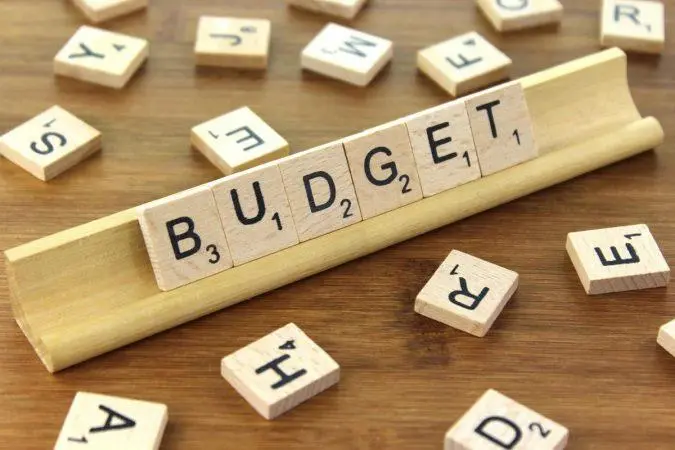
#ChartoftheDay: Nigeria’s Budget Deficit as a Percentage of the GDP Exceeds 3%
The 2022 budget deficit as a percentage of the GDP is 3.46% which exceeds the 3% benchmark set by the Fiscal Responsibility Act.
Tag

The 2022 budget deficit as a percentage of the GDP is 3.46% which exceeds the 3% benchmark set by the Fiscal Responsibility Act.
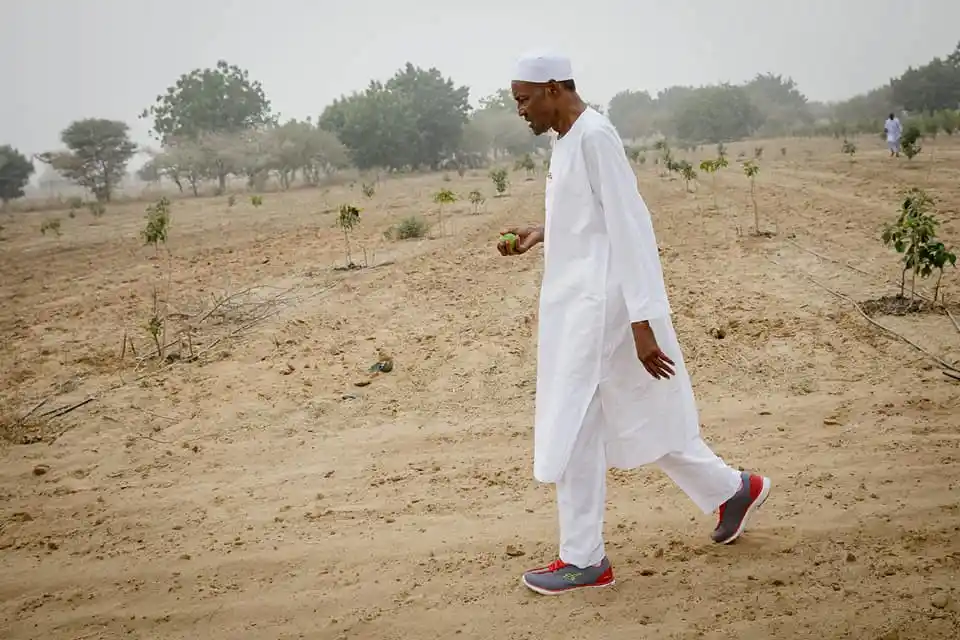
In his first media appearance of the year, President Buhari reiterated his long-held belief that Nigerians must return to farming in order to address economic challenges. As Buhari-like as this statement may be, the sector’s high growth and export potential make it a viable support mechanism for Nigeria’s macroeconomic and non-oil growth. For example, between January and March 2021, Agriculture contributions made up 22.35 per cent of total GDP.

From health to gender, security, agriculture, extractives and other sectors, Dataphyte covered all the pertinent events that unfolded in the country in 2021 and “made it make sense” for Nigerians, bringing deeper insights into the issues.
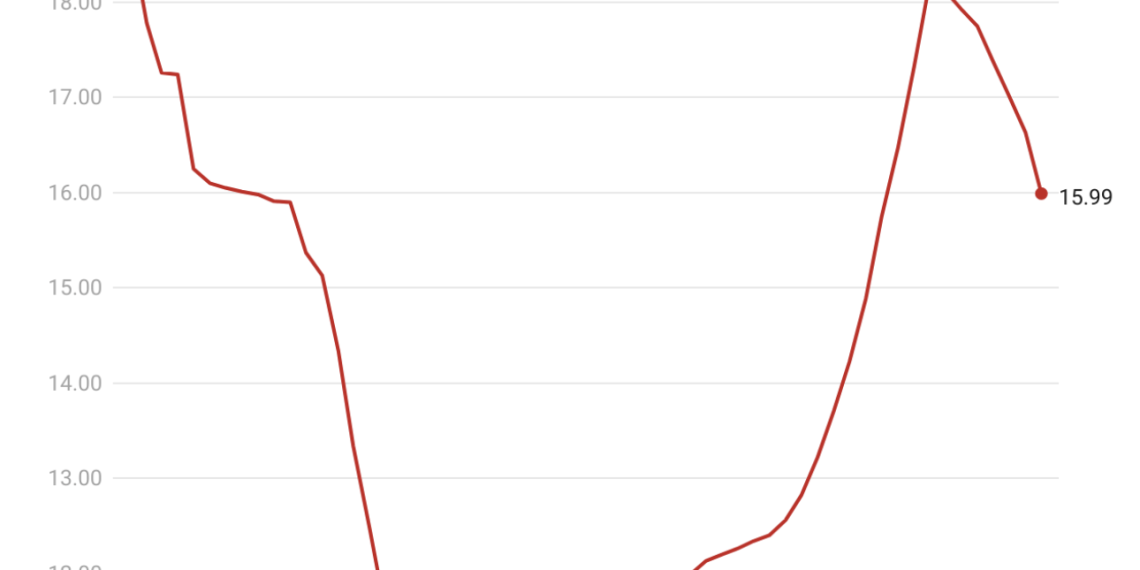
In 2020, it recorded a 1.92% dip in its Gross Domestic Product (GDP) compared to the previous year, 2019.
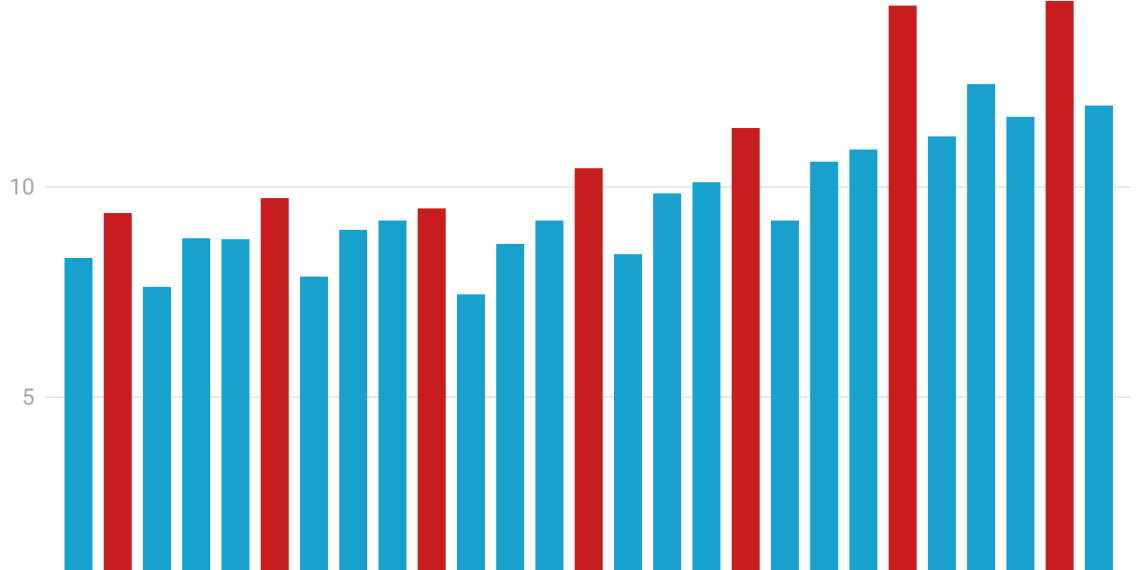
There are strong indications that Telecoms contribution to Gross domestic Product in the last quarter of the year 2021 (Q4) will be more than 12.45%.

The NBS’s Q1 2021 report shows the top 15 sectors with the largest GDP value in all the quarters of 2020.
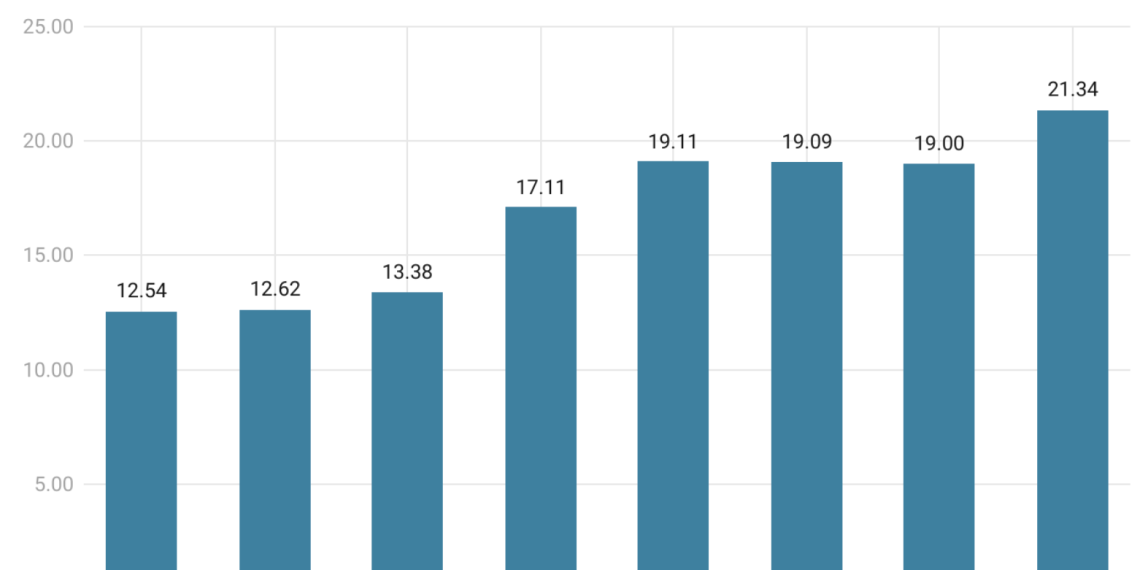
Nigeria’s debt to Gross Domestic Product (GDP) ratio has been on the increase over the last 8 years. It has increased significantly from 12.54% in 2014 to 21.34% in 2020.
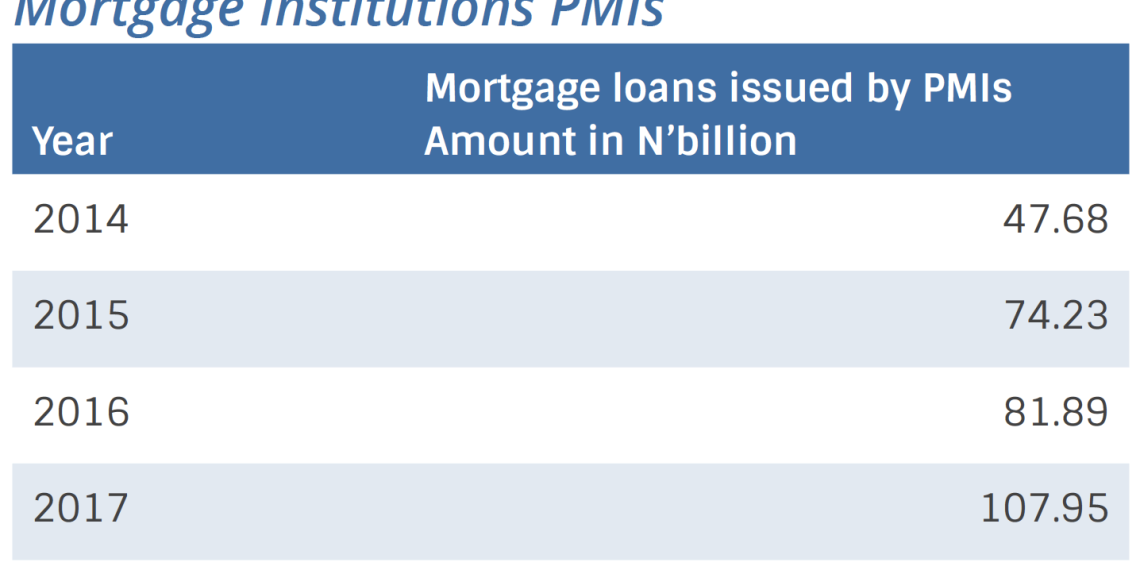
Dataphyte, leading media research and data analytics organisation has revealed in its maiden Advisory Note that Nigerians typically rely on personal savings to pay for their homes.

The Nigerian economy continued its recovery from the devastating effect of the COVID-19 pandemic. Gross Domestic Product (GDP) figures released by the Nigeria Bureau of Statistics show that the country’s total output grew from 0.51% in the first quarter of 2021 to 5.01% in the second quarter when output from the two quarters are compared with their equivalent quarters in 2020, that is, a year on year (y-o-y) comparison.
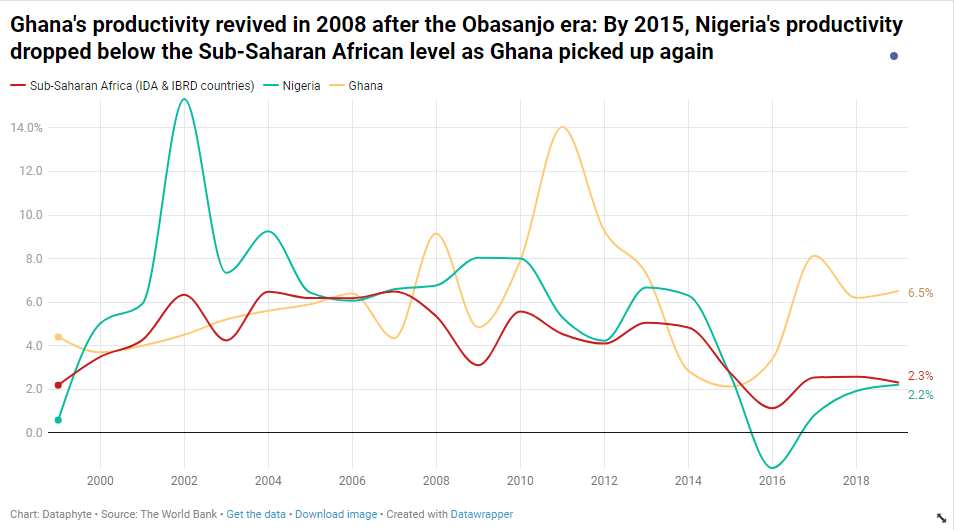
A trend analysis of Nigeria’s Gross Domestic Product (GDP) measured in constant prices shows that the country’s domestic output has been declining since 2010, after the Musa Yar’adua administration, while inflation has been rising lately.
-1708809719.webp)
The Workforce that produced 99.4% of Nigeria’s GDP received 0.6% worth of medical care and 1.7% worth of educational support compared to Ghana’s 4.4% educational support.

Picking up where we left off with the 2021 budget review, today we review some omissions that speak to an unending gender dialogue. Under the aegis of the Small Scale Women Farmers Association in Nigeria (SWOFON), women farmers condemned the 2021 budget allocation for leaving women out yet again. And although women contribute to 80% of agriculture production, the appropriation of ₦179.4bn only accrued 1.33% to female farmers

The challenge of gender disparity in Nigeria cannot be overemphasised. Rather than bridge the gap existing, the women fall victim of violence and are deprived of their right. And while culture undoubtedly lends a hand to this systemic burden, its implications to the economy are not so overt. In truth, the inability to bridge the existing gender gap in Nigeria comes with significant cost.
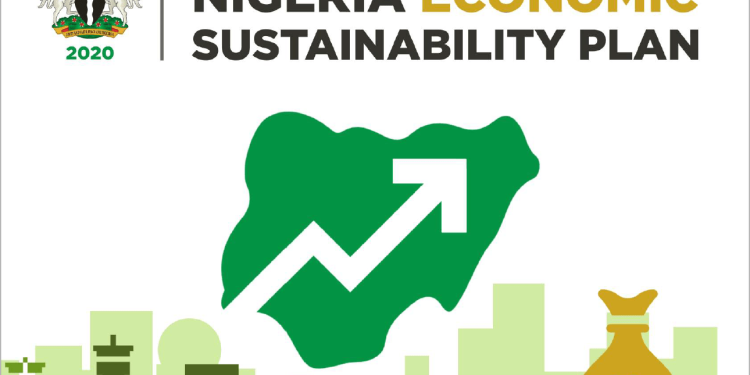
Divergent views greeted the Statistical Agency of Nigeria’s new GDP figure as the economy entered the first contraction since its last recorded recession. In 2016. Nigeria witnessed an economic recession at a time oil price dropped below $50. Since then, the economy grew in a snail-like scenario under the Muhammadu Buhari-led government.

Nigeria’s health system remains among the worst-performing globally. In 2019, the Legatum Institute ranked Nigeria 162 out of 167 countries in terms of health performance. Nigeria’s recent move to lower-middle-income country status is causing development partners to exit the health sector. One plausible reason for this stagnation is underperformance in the country’s primary health care (PHC).